The Artists Behind Comics
When I was in college and first getting into comics, I thought about maybe becoming a comic artist. I ended up realizing that wasn’t the right path for me at the time, but I did learn about all the different kinds of artists that actually go into making a comic book. In general, there are four different types of artists who work on a book: penciler, inker, colorist, and letterer. Sometimes, especially with modern technology, the penciler and ink are one in the same, and is usually billed simply as “artist”. There can be as few as two artists working on a comic, while some artists at the different stages have a team that works for them.
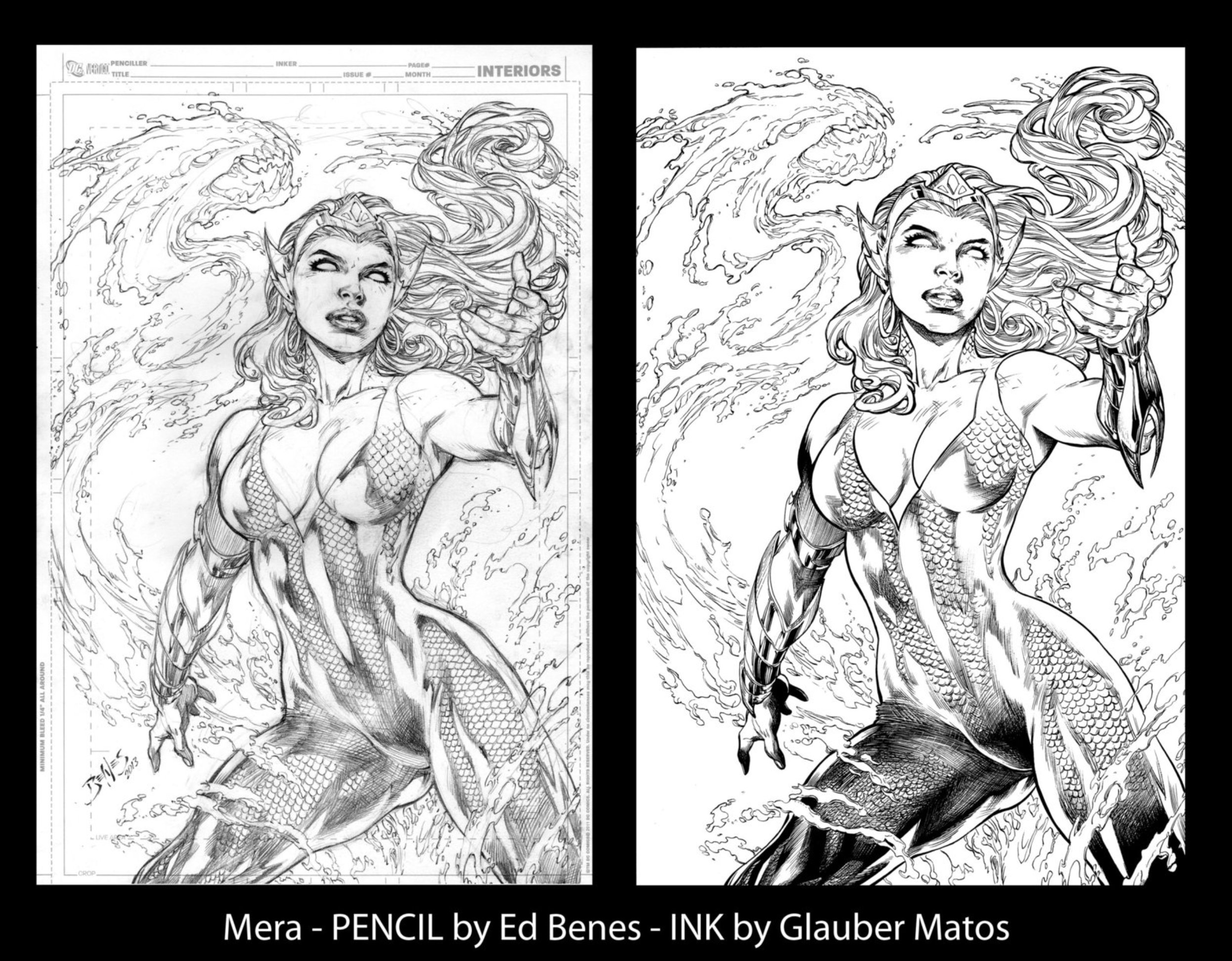
The penciler is the first artist to work on a book. The writer or editor will give them the script. Sometimes the penciler receives a full script, with lengthy outlines detailing how each page should be laid out, a method typically associated with DC Comics. On the other hand, sometimes they will only receive a loose outline with just the key plot points, giving the artist more freedom to help in the creation of the story. This is known as the Marvel Method. The penciler typically works on large paper that is later photographed and shrunk down digitally. Although, with the development of programs like Photoshop and Corel Painter, more and more artists are working digitally instead of on paper. Depending on the penciler, they will either create very loose lines, leaving the inker to interpret their intent and make the tight, finished lines, while other pencilers take the time to make very detailed pages with every clearly marked for the inker.
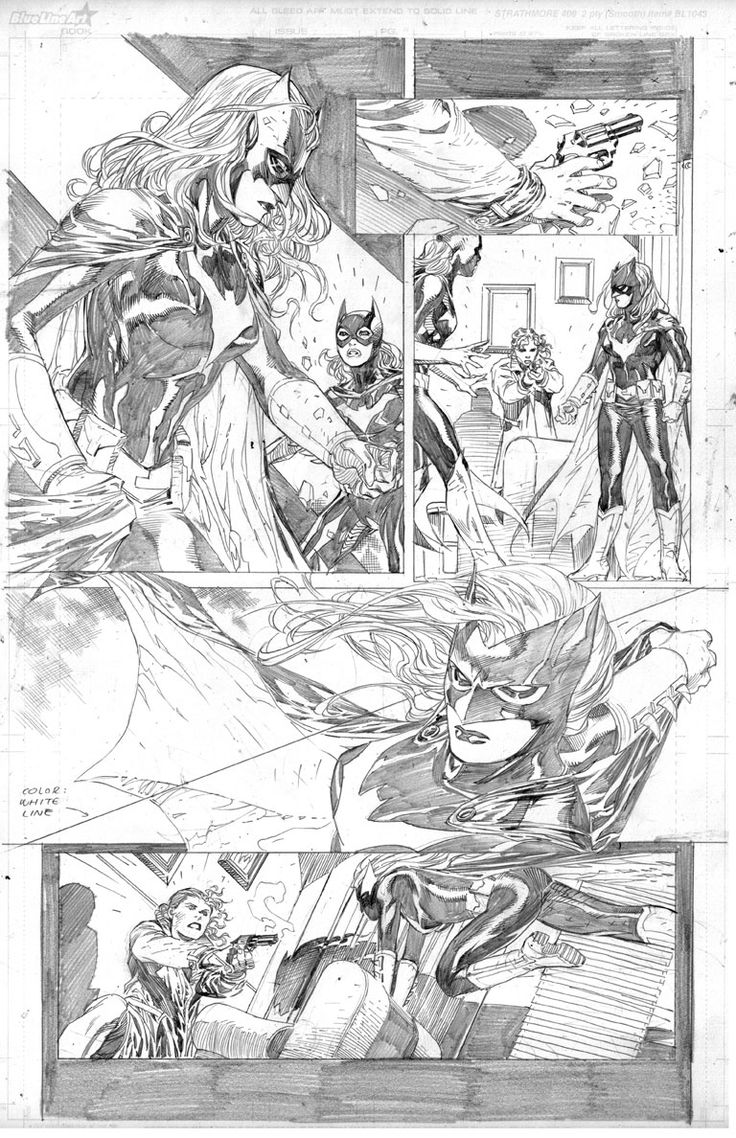
The inker is the next artist to work on the comic. Using a pen or brush, they apply the black lines to the pages that were sketched and/or drawn out by the penciler. However, the inker does not simply go over the line work of the penciler. They also add depth and shading, giving the images shape. The inker has the ability to give tone and modify any mistakes made by the penciler. They have the final say on the art and lines before it goes off to the colorist. Just like pencilers, many inkers today are working digitally because it saves the company time and shipping costs.
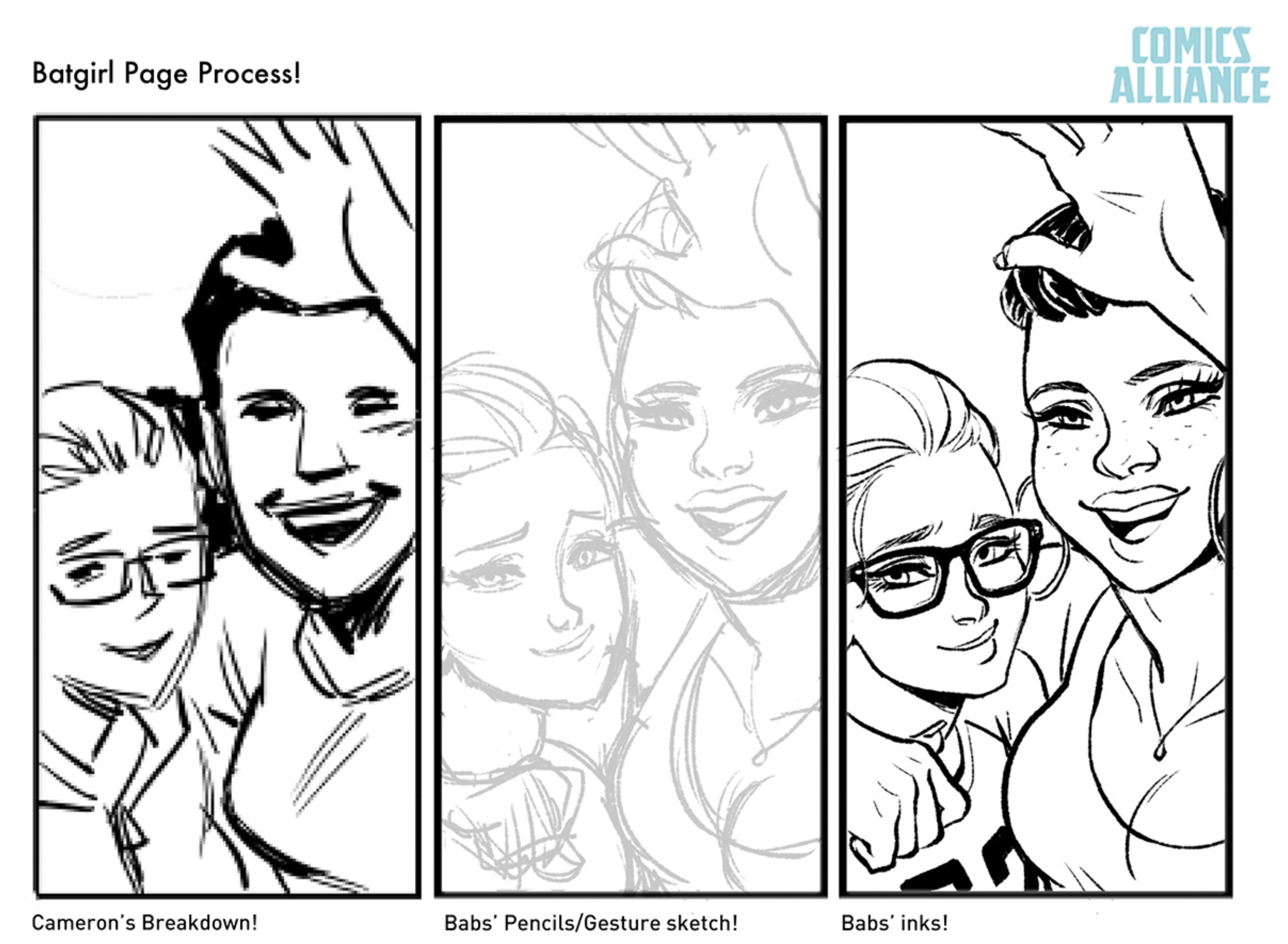
After the line art is completed and approved by the inker, the work passes onto the colorist. During the 20th century, comics were colored using brushes and dyes as guides for printing plates. The colorist would work on photocopies of the inks to determine colors and then write down CMYK codes for the final printing. However, today most colorists work digitally. By the early 1990s, most of the large publishing companies were coloring digitally, using programs like Color Prep and Tint. Today, most colorists work in Adobe Photoshop.
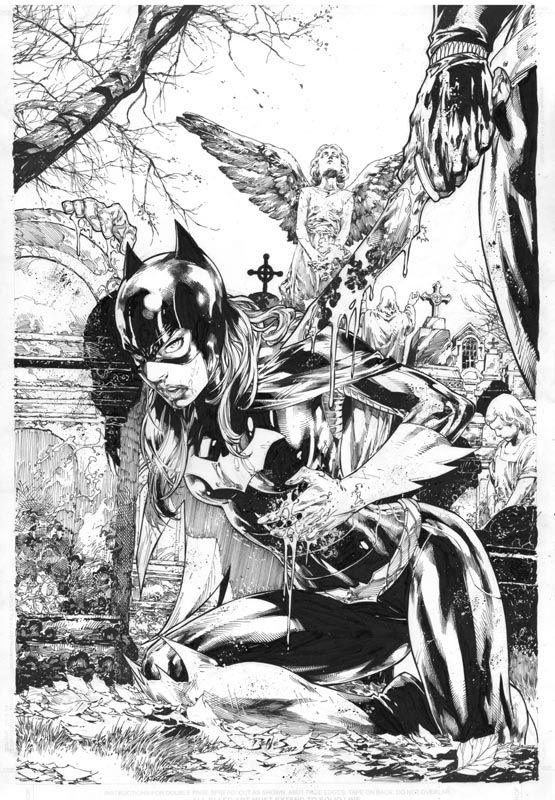
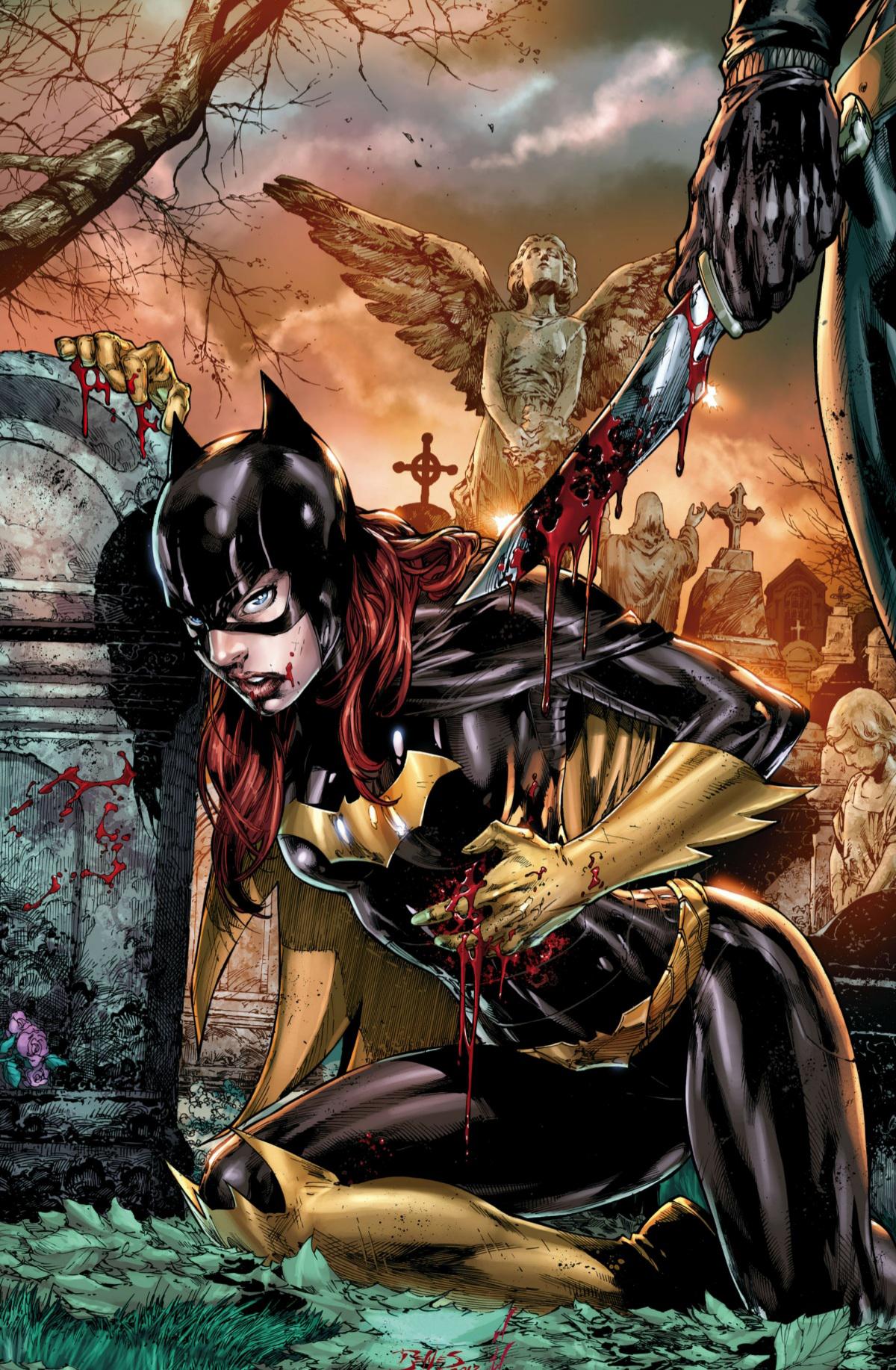
The final artist is the letterer. They are responsible for drawing the comic’s text. The typefaces, font size, and layout all can affect the feel of the comic. They write the text into speech bubbles, display lettering, draw sound effects, and other captions. Many will give different colors to the display lettering depending on the character narrating at the time. For example, in the first 34 issues of Batgirl volume 4, the display lettering is yellow in a black box, with half a purple Bat Symbol. Letterers also often will design the logos for the different titles being published. In the past letterers have worked handwriting, but as technology has advanced, artists have moved to working with Adobe Illustrator or Photoshop. Although some are still working by hand using digital tablets.
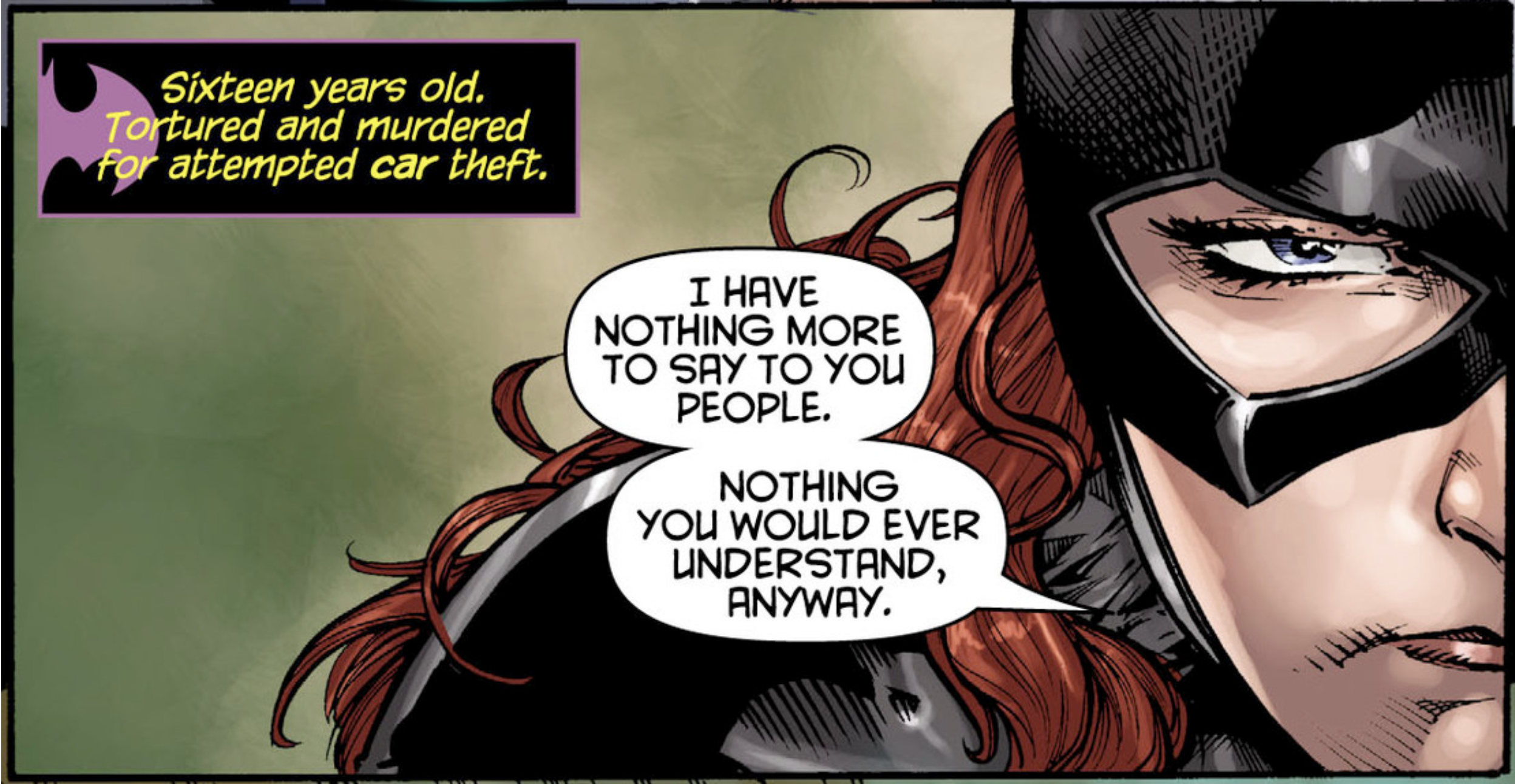
While I have not become comic book artist, I am an artist. Learning about all the different artists involved has given me a new appreciation for all the work that goes into them, and learning from the artists that I love has influenced my own artwork.

0 Comments